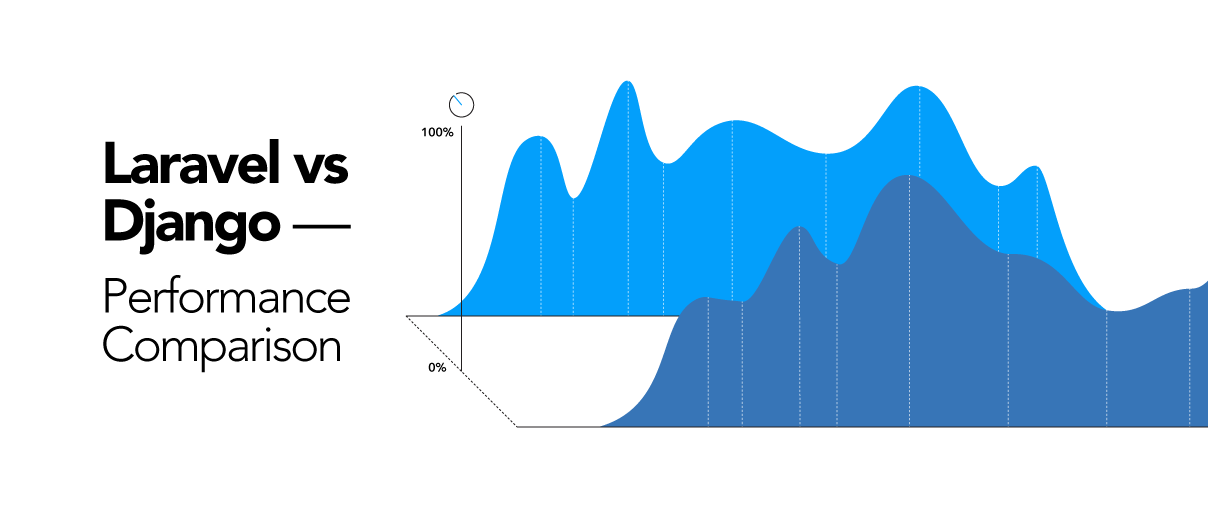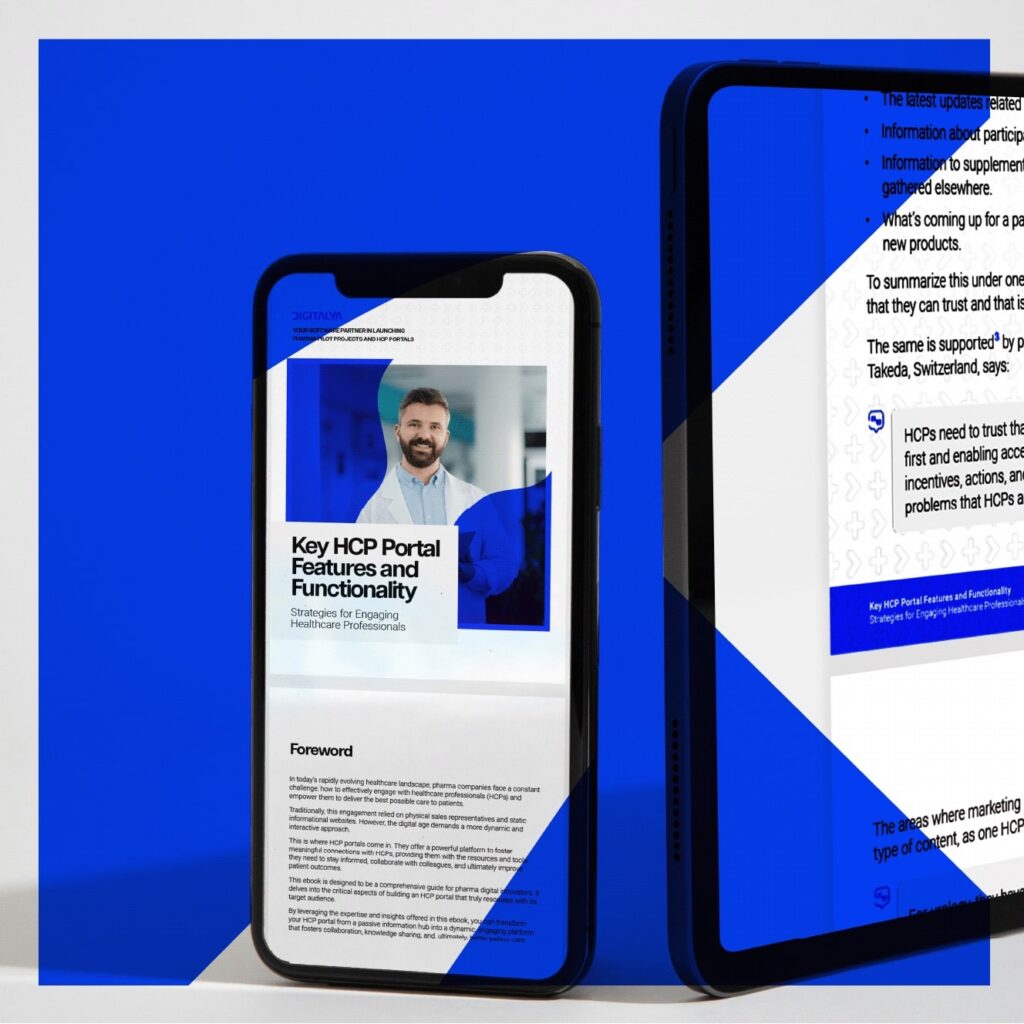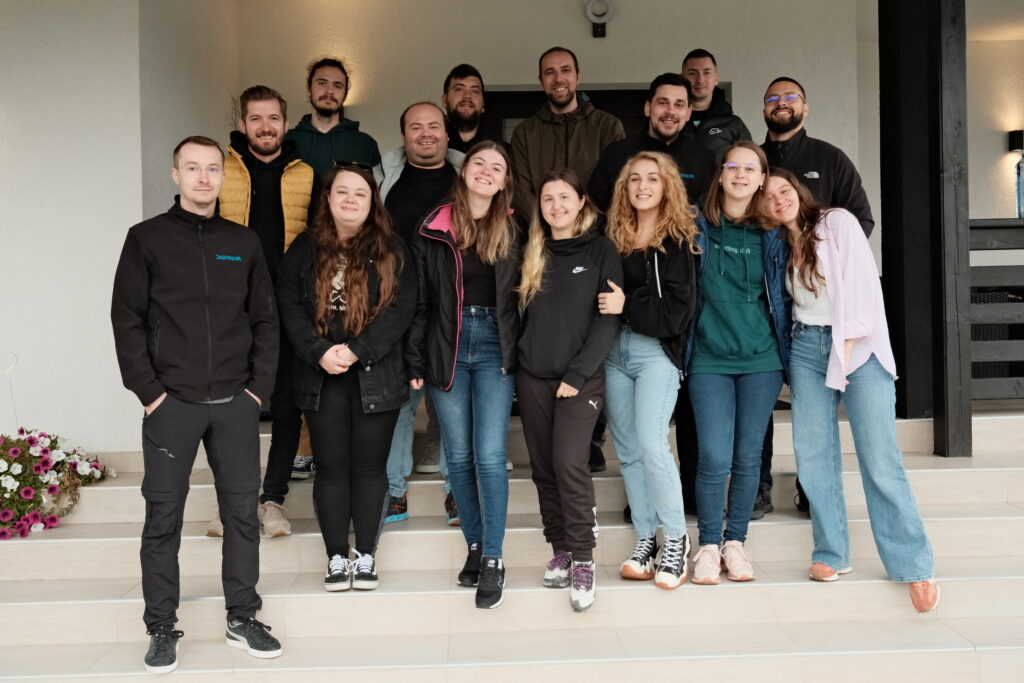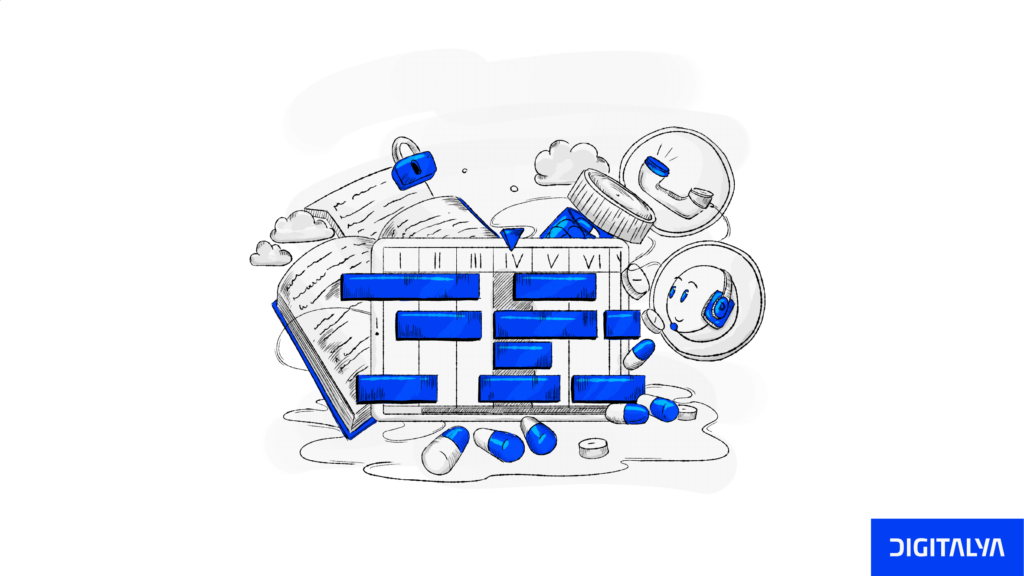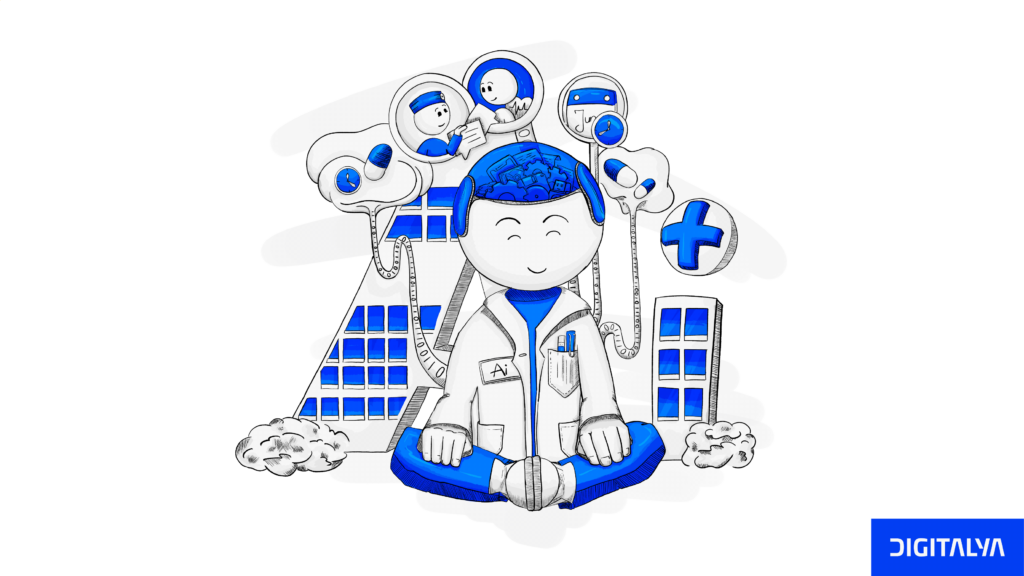This article aims to make a fair comparison between the given two web frameworks. We will focus on describing every technology by reviewing aspects such as the learning curve, web performance, web development speed, and many more.
Everything starts with an idea: we want to build a project that achieves traction and helps its audience. We want the next big thing. We have thought about what features we would like to have, and we already did our needed research. The next thing to decide is the following: do we need a web application or a website? If we are determined that we need a web application, we should discuss what technologies are the best for us.
1. What is Laravel framework?
According to the creator of Laravel, Taylor Otwell:
“Laravel is a web application framework with an expressive, elegant syntax.”
From a development perspective, that sounds awesome, but I think we need some more context to understand the meaning behind this statement.
Let’s start with the beginning: Laravel is a PHP web application framework created and developed by Taylor Otwell, released for the first time in 2011 under MIT License. This type of license gives users express permission to reuse the code for any purpose as long as they include the original copy of the MIT license in their distribution.

Laravel has an MVC architecture (Model View Controller) and at the beginning was the go-to solution for building Content Management System (CMS) applications. Recently Laravel has improved a lot and is suitable for all types of applications.
2. What is Django framework?
According to Django official website:
“ Django was invented to meet fast-moving newsroom deadlines while satisfying the tough requirements of experienced web developers.”
Django is a high-level web development framework written in Python, developed by the Django Software Foundation, and released in 2005 under a 3-clause BSD (Berkeley Software Distribution) license. This type of license is free with minimal requirements, such as keeping the original copyright and acknowledgments in your technical solution.
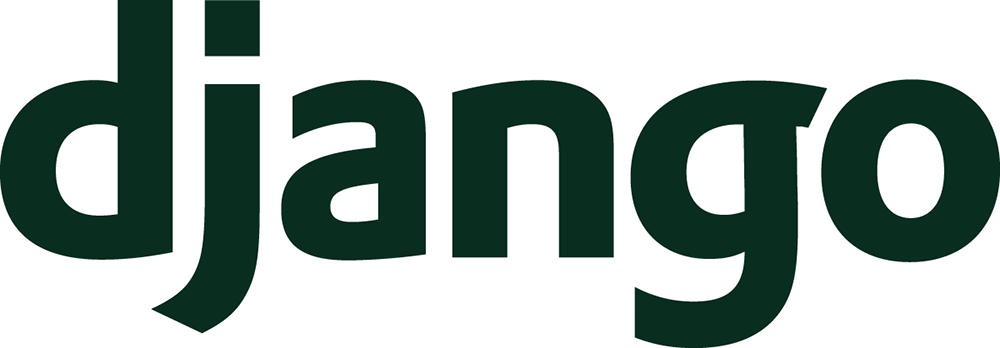
Django has a Model View Template (MVT) architecture, and we mainly use it for large and complex applications. Some of the well-known companies that developed a Django project are Mozilla, Instagram, Bitbucket, and Pinterest. The Django framework’s primary goal is to help developers create an application in the shortest time possible.
3. Head-to-head comparison between Django vs Laravel
| Django | Laravel | |
|---|---|---|
| Popularity | Django is a popular framework used in web applications for industries such as science, education, computer, and electronics. One of the ways we measure popularity from a development perspective is through Github Stars. According to the latest data, as of February 2021, Django is at the top with 55.5k stars. | Laravel is the most popular PHP web framework used in various applications for multiple industries like arts, entertainment, shopping, and travel. According to the same data, Laravel just became the most popular backend framework, with a total of 63.8k stars. |
| Community | Django provides a massive web development community. The community is active, and a lot of pull requests are opened for review. | Laravel has a large community also, which is growing continuously. |
| Learning curve | As a prerequisite, you need to know Python, even at the beginning level. Once you start learning Django, the learning curve is short, and the syntax is very intuitive. | Compared to Django, Laravel has a steep learning curve. As prerequisites, you would need to know PHP at a beginner to medium level, along with basic object-oriented programming paradigms. Once you have the knowledge in place, it will take you a bit longer to learn Laravel, but once you get the basics, the structure and syntax are intuitive. |
| Security | Highly secure and suitable for enterprise applications. | Basic security futures by default. Some 3-rd party packages improve security. |
| API support | Unfortunately, Django does not have support to create REST APIs easily. The routing is challenging, and developing Application Programming Interfaces needs a very experimented Django developer. | Laravel has a routing system to use, with built-in support for generating APIs. This way is relatively easy to generate backend solutions for mobile development and frontend development at the same time. |
| Cross-platform and scalability | It supports cross-platform and high scalability (the capability of a system or process to handle a growing amount of work). | It supports cross-platform, but it has limited support for scalability. |
| SEO tools | It has a significant advantage by providing built-in SEO tools to implement and monitor SEO-related data in your application quickly. So it’s excellent for web app development. | It does not have support for SEO tools. |
4. Which is faster, Django or Laravel?

Let’s talk about a performance comparison. To check Laravel vs Django performance, we will analyze both frameworks from multiple perspectives: speed, development time, support, usage, ease of testing, and costs. We will outline both the strengths and weaknesses that these technologies have in place.
| Django | Laravel | |
|---|---|---|
| Speed | Python is a high-level language that offers swift and speedy execution. Django is a lightweight framework that, combined with the programming language speed, results in native fast execution code. Besides that, Django comes with support for the developers to address speed issues quickly. | Laravel has rich and robust features with a focus on clean code. These aspects make the framework slower, even than other PHP frameworks. To speed up the framework-developed functionality, we need an experienced PHP developer to navigate different versions and features. Starting with PHP 8, many speed-related improvements can be observed, but Python remains a faster language from our current data and benchmarks. |
| Development time | Comparing Django to Laravel, Django has some built-in functionalities also, through a series of batteries included in the framework. The functionality is beneficial if you need it the way it is developed. The hustle starts when you do not want to use the default functionality. The framework has a so-called “monolith architecture,” making it very hard and time-consuming to override the default functionality. | Laravel has a lot of built-in functionalities along with a consistent 3-rd party package community. As a result, standard behavior from routing, CRUD, building an authentication system, and API development happens fast. The latest versions of the framework provide a lot of the functionality on need bases through packages developed and supported by the framework: official Laravel packages. |
| Support and usage | If we would read an article from 2017-2018, it will state that Django is one of the most used backend frameworks. The last time, this changed. According to Built With Trends, the number of currently live websites built with Django is 30k. If we make this check on Google Trends, we can also notice a decrease in interest over the last four years, getting an average of 50. The decrease in interest affects the community also. Although Django has a solid community, it is slowly losing its members. | Laravel is a relatively new framework. If we check data from 2017-2018, we might get information like: it is not reliable, has a decent community, it is not that popular. Fast forward to 2021, and according to Built With Trends, we have 678K live websites built with Laravel with a history of 1.23M over time. Doing the exact searches on Google Trends for Django, we obtain an average rate of 74. In the last four years, the popularity of Laravel exploded, and the community is continuously growing. |
What about the development process and the app development cost? Is it the same for both Laravel and Django? Sometimes, the technology we use determines a different expense also. How do we calculate the cost of a web application, and why is it different based on technology?
We have two main aspects that are applied to the majority of cases: development time and hourly rate. These aspects make Django a more expensive solution than Laravel.

5. Which is better, Laravel or Django?
The question “Is Laravel better than Django?” has a very confusing answer: “It depends.”. I do not like this answer, and further on, the goal is to give some context that will make a choice easier.
By default, we can not say that a framework is better than another without defining what “better” represents for us. Better might be the fastest running site, the fastest development time, a high-security level, and the super clean code base that makes it easy to include new application developers in the project, automatic deployment, and overall maintenance.
Let’s make some project-based decisions regarding the best solution between Django and Laravel.

Security in the application is a must
I like this subject because it brings some exciting topics and various parameters into the discussion like data protection, support for different kinds of attacks (cross-site scripting, cross-site request forgery, SQL Injection), and various security issues.
If we look into the “head to head” comparison above between Django and Laravel, the answer should be clear: Django is the best one. But is it ever that simple? Of course not.
Let’s think of banking industry apps, enterprise multi-layer access applications, AI/VR algorithms, or scientific research. Python, along with Django, probably is the best solution. But, if we think of Content Management Systems or management applications with minimal AI capabilities, Laravel is your go-to, even if the apps require high-security functionalities. You can find many examples of this type of apps built with Laravel in aviation, factories, or healthcare.
API based applications with multiple consumers
If we say API, the answer is simple: Laravel is the best backend framework. We have described above that one advantage that this framework has over Django, and this is that Laravel has built-in easy-to-use REST API capabilities.
The answer is simple when we do not have other constraints, but this rarely happens in real life. If we add a new layer of complexity, like “speed,” we have the decision to make: is it worth it time-wise to implement a Django API middleware to have a faster response time? Keep in mind that when we say fast, we mean even milliseconds differences. If you say yes to this question, Django is the best choice for you.
Fastest time to market
If you have a lot of default behaving functionality compatible with Django, you should choose Django for your application. If you have more custom software development needs, Laravel is the solution for you.
It is often challenging to make a technical decision, especially when you start exploring the tech world. Fortunately, many professionals with a lot of product development expertise will provide you with valuable information based on your needs.
6. Is Django worth learning in 2022?
Depending on your needs and plans, it might be a big “YES” or a definite “NO”.
Let’s analyze why we should learn Django or maybe try Laravel instead.
If we follow the trends, we can 100% say that the most popular is Laravel, and in my opinion, that won’t change too soon. The popularity comes with many benefits: many projects and opportunities one can choose from, an increased community that can help you, and a lot of resources at your disposal.
Got it: Laravel is popular, but maybe you would like to work on really secure applications, and perhaps you like Python as a language. Then it’s a no-brainer: Django might be the go-to solution.
Let me resume it and not transform this question into a debate I have with myself: it is important to learn diverse concepts and best practices from the web application development world regardless of the language and framework you prefer.
7. Is Django still relevant in 2022?
“Is Django still relevant in 2022?” is a tricky question. If we think of 2022, both Django and Laravel are relevant and frequently used for web development. Together, these frameworks cover most Web Development industry verticals, from small applications to enterprise, based on different business needs like management applications and secure banking applications alike.
Let’s think about the future: “Is Django still relevant five years from now? What about Laravel?”. I cannot correctly answer this question. What I can do is look at the data, crunch the numbers, and make a reasonably educated guess. I think you should do that also and come up with your conclusions.
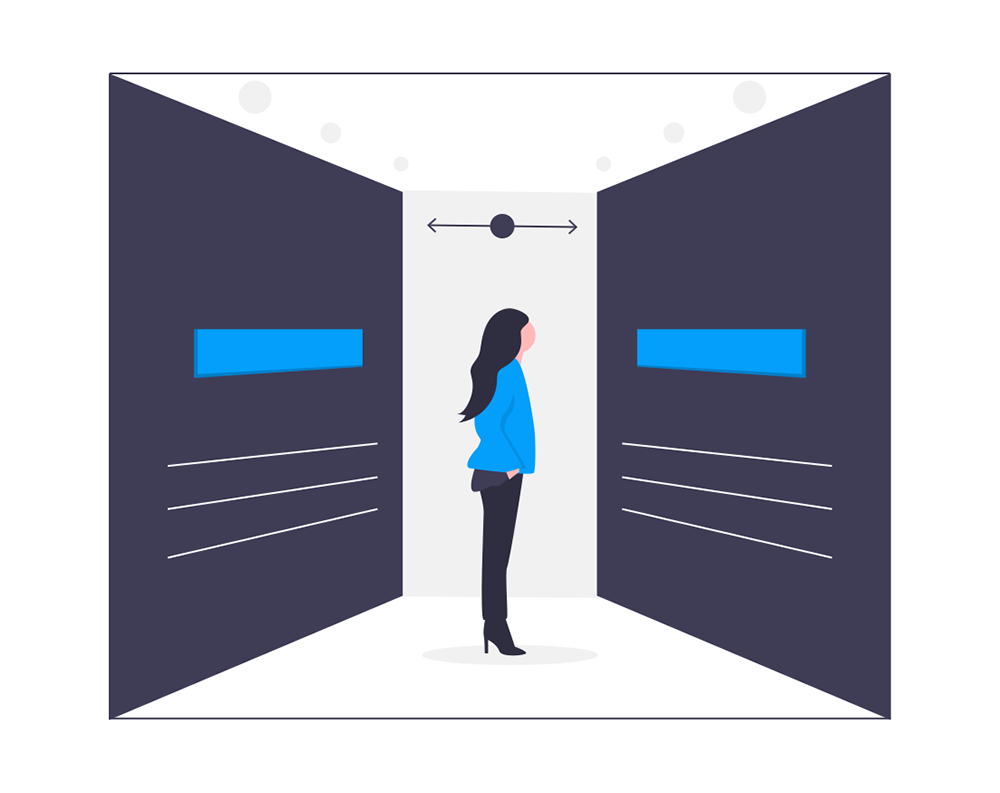
8. Conclusion: Django vs Laravel – Which one to choose?
In conclusion, we cannot say that one is way better than the other by saying which framework to choose. We have two different web frameworks developed for two different programming languages: Python and PHP. This makes the decision even harder than choosing between two frameworks created in the same programming language, like, let’s say, Laravel development vs Codeigniter development.
A significant impact on the way Django and Laravel are behaving is linked to the language they are written in. On the one hand, we have Python, a high-level language used in multiple areas, from research and algorithm to web development. On the other hand, we have PHP, one of the most used web development server-side languages out there. One is inherently faster, performance-wise, but the other has a lot of standards for writing beautiful and abstract clean code.
But you still have to choose one. You should analyze your business needs as described in this article, and if you do not have a clear understanding of the best framework for you, ask an expert. The basic rule of thumb, if you like, in the majority of cases, the only significant differences that you might have are development time and costs.
If you need more details before choosing, here’s a video that can help:
If you’re curious to see how much your app will cost, you can use our App Cost Calculator and get an estimate for your future project.
